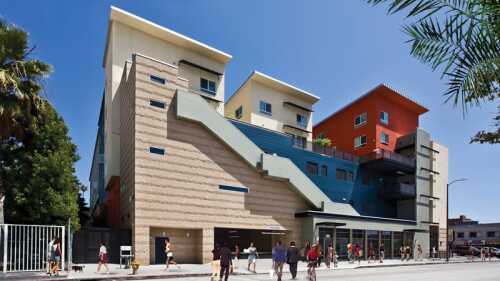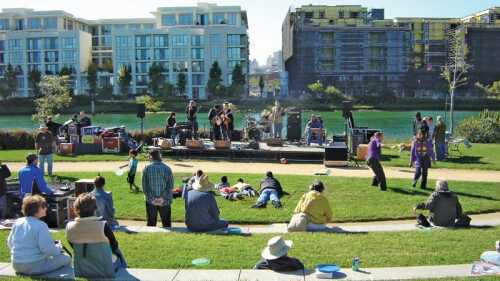Public Policy
U.S. President Barack Obama called on Congress to patch the Highway Trust Fund saying that a transportation funding shutdown could cost some 700,000 jobs.
The commercial real estate industry is failing to address the consequences of the extreme weather events that are a rising threat to property values, according to a ULI Europe report.
San Franciscans assume that one day an earthquake will hit their city hard, thanks to the geologic fault line that runs below it. But one neighborhood leader has taken lessons from Hurricane Katrina, Los Angeles’ riots, and the Northridge earthquake to prepare.
Public and private capital can be combined–and leveraged–to provide more workforce housing.
With the vote on San Francisco’s waterfront height limit resolved last week, it’s time for residents to move on to more pressing waterfront issues: namely, rising sea levels.
After the recession, governments across the United States rethought TIF.
Industry leaders with experience in North America, Europe, and Asia share the latest on building energy efficiency.
For the most part, transit-oriented developments, or TODs, remain individualized projects, planned in isolation from their surrounding communities.
For international investors, the EB-5 immigration program means access to a precious U.S. green card. For developers, it means low-cost cash–but not without controversy.
The U.S. Congress might finally kill Fannie Mae and Freddie Mac, the two mortgage giants that still raise the capital for the vast majority of home loans.









